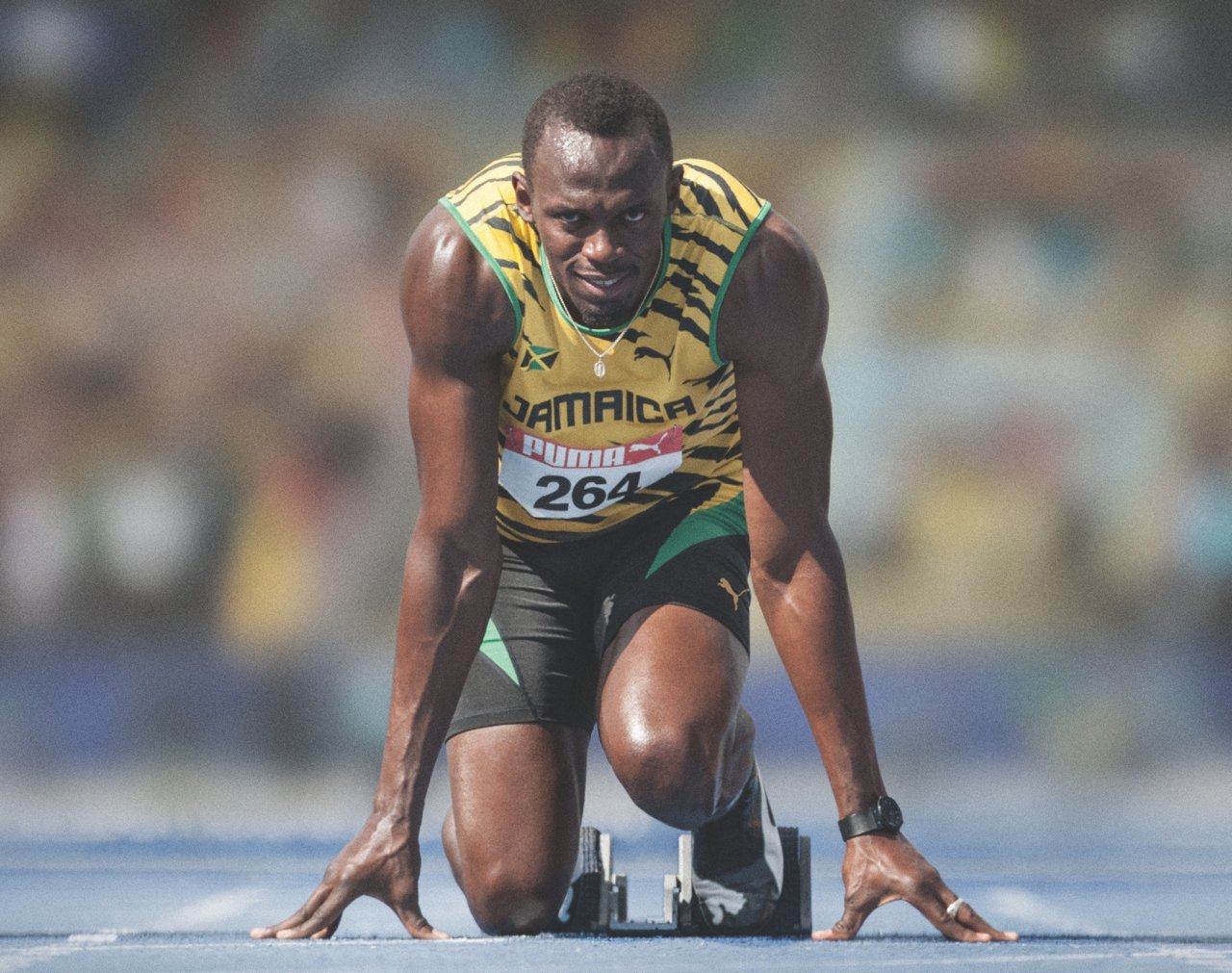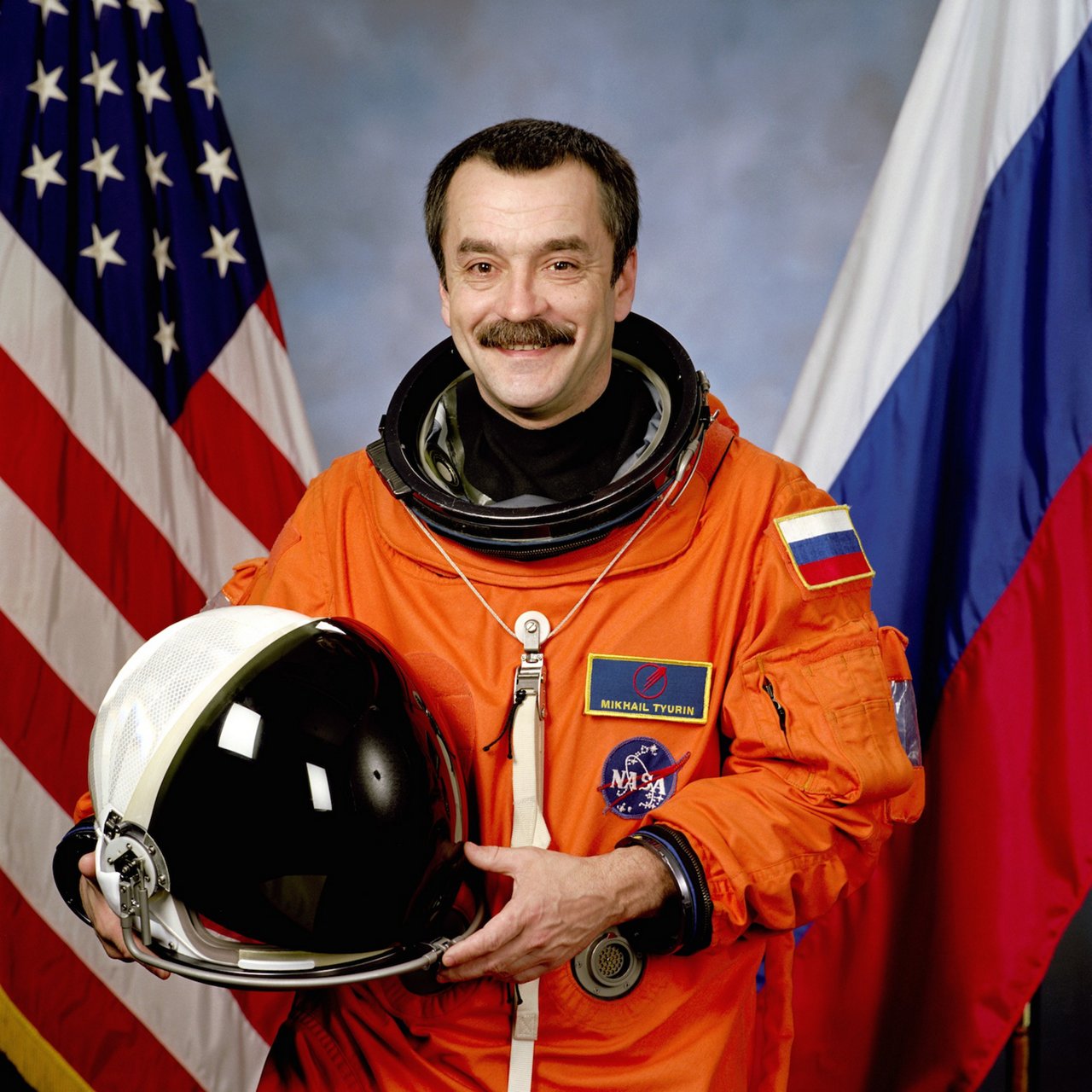Women who run
Read more

Did you know that it took the slowest marathon runner of all time 54 years from starting gun to finish line? That the human foot can produce half a liter of sweat in one day? That one crazy ultramarathoner ran 27,000 kilometers in a single year? No? Then read on!
 Running shoes are a popular and highly saleable product. Adidas partners up with Continental. We develop running soles that deliver superior grip.
Running shoes are a popular and highly saleable product. Adidas partners up with Continental. We develop running soles that deliver superior grip.
Songs with 160 beats per minute are supposed to be especially good for upping performance – like the song “Happy” by Pharrell Williams.
 America’s legendary Appalachian Trail. Photo: Paul Balegend
America’s legendary Appalachian Trail. Photo: Paul Balegend
Joe McConaughy completed the 3,524-kilometer Appalachian Trail in a record time of 45 days, 12 hours, and 15 minutes.
 Usain Bolt, the fastest man on earth. Photo: Puma
Usain Bolt, the fastest man on earth. Photo: Puma
 Mikhail Tyurin made the longest tee-shot in the universe. Photo: NASA
Mikhail Tyurin made the longest tee-shot in the universe. Photo: NASA